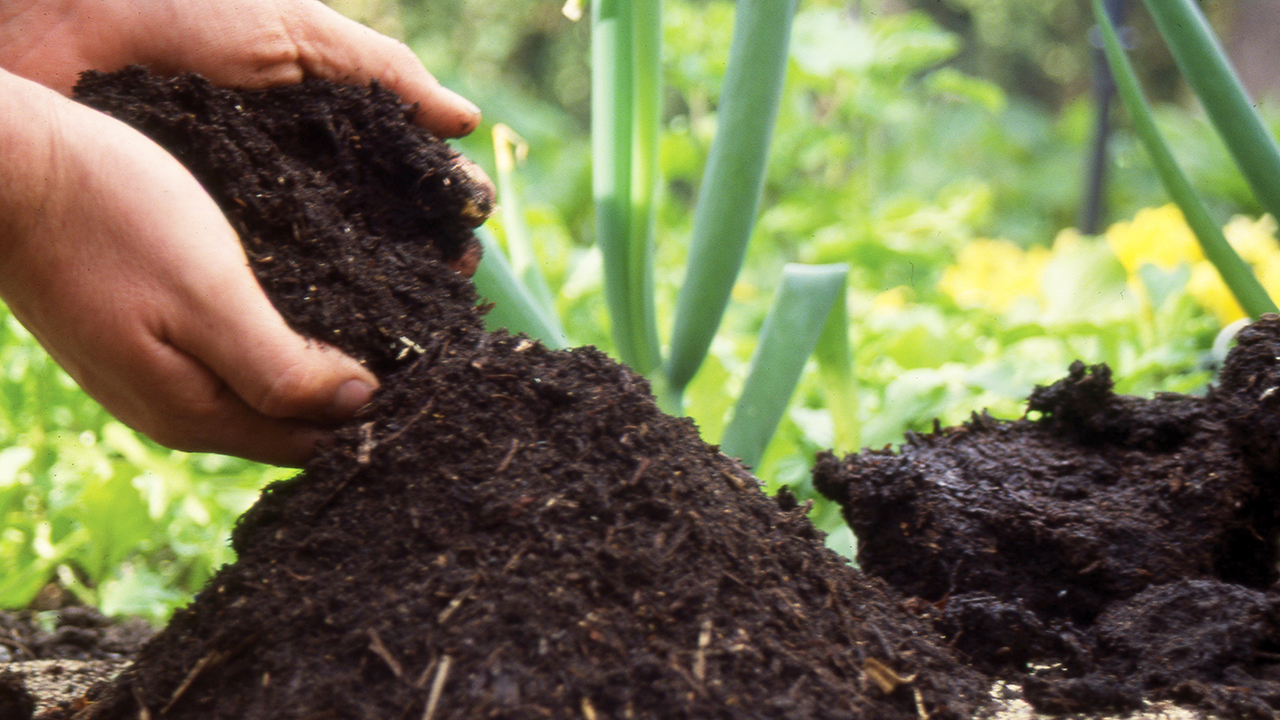Lesson 1 - An introduction to soils

Gardeners tend to describe soils based on the following terms: clay, loam or sand. However, soils are much more than a word that describes their physical characteristics. Soil is created by the breaking down or weathering of minerals and biological activity that decomposes into organic matter. Soils vary based on differences in the types and proportions of different mineral and organic components and in the way that these components have been put together or structured. Soils are formed over millennia and soils teem with life; a single gram of soil can contain millions of microbes.
For gardeners, topsoil is the most valuable part of the soil as it’s the layer of soil that most of our plant roots plants will grow in. Although knowing the subsoil can also be important as we will discover when we talk later about growing fruit trees. Topsoil is fragile and can easily be damaged by excessive cultivation or compaction, or worse still lost through excavation or excessive cultivation. We need to value and respect soils more than we do as they are critical to successfully growing.
Diggers tip
Think of topsoil as a food source for your plants. You need to get the recipe right for them to grow and flourish. You need to treat the ingredients with care.
Natural soils form a series of layers or a ‘soil profile’, the uppermost of which is topsoil. Topsoils are important as they hold the greatest percentage of water, nutrients and air and as a result are where most plant roots tend to be located. Lower in the profile are subsoil layers and finally at depth is parent material, the underlying bedrock or geology. The type of parent material strongly influences upper soil layers, for example, granite often leads to sandy soils, while basalts tending to produce more clayey soils. While soil layers vary in depth across the profile, topsoils are often shallow, sometimes only 5 to 10 cm deep. Which is why improving topsoils is critical for growing food plants successfully.
Further learning
Further learning
- Soil is not a dirty word by Craig Castree
- Australian Soil Classification Map
- Gardening Down-Under by Kevin Handreck (Second Edition, CSIRO Publishing, 2001)
- Gardening Australia - Soil Classification